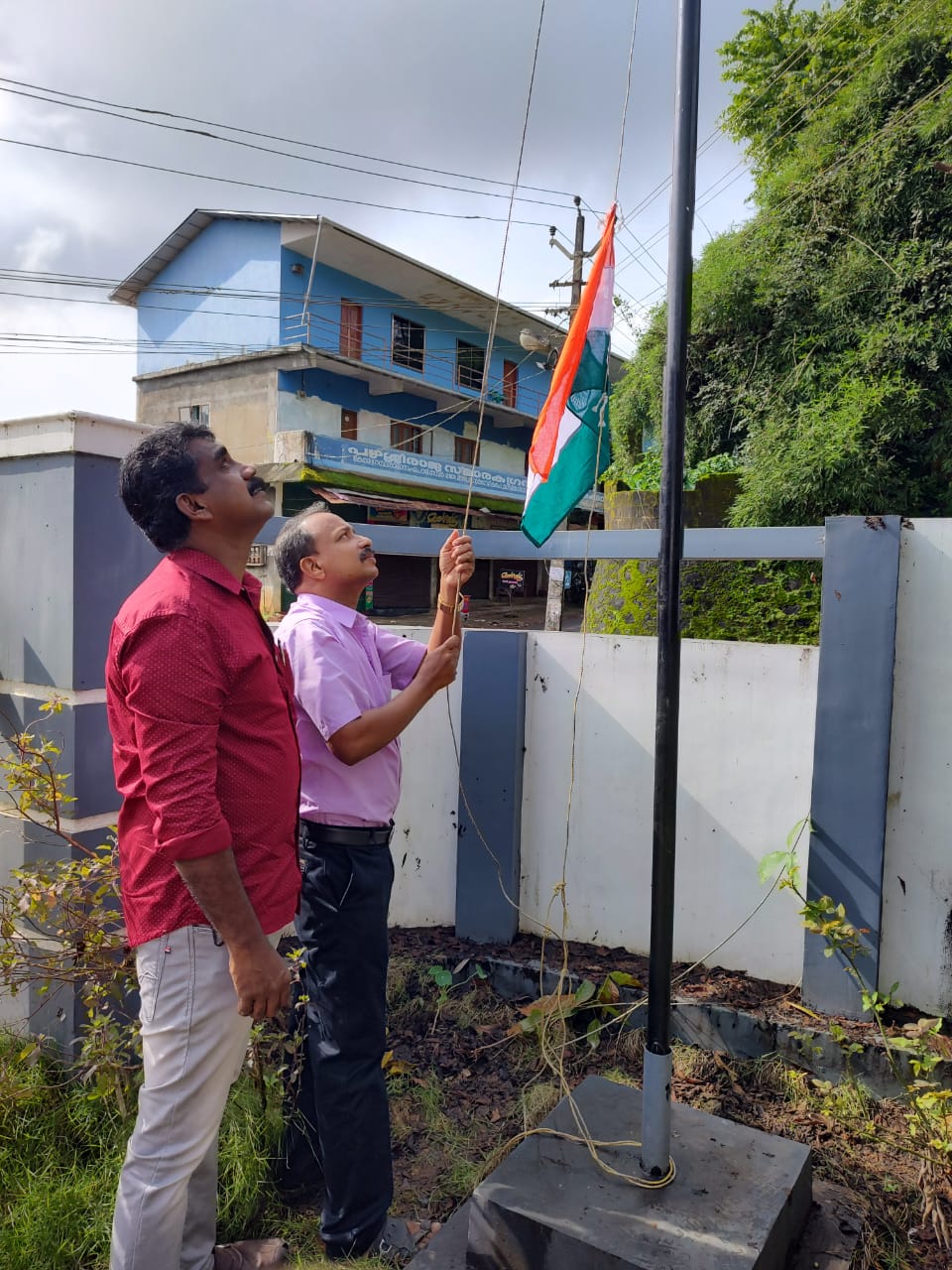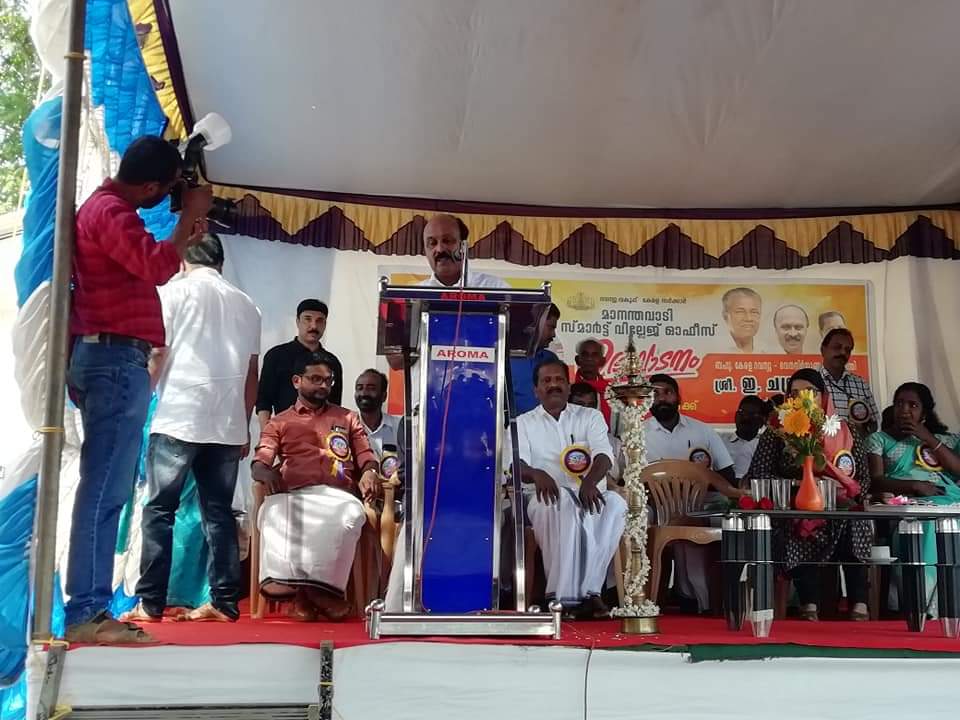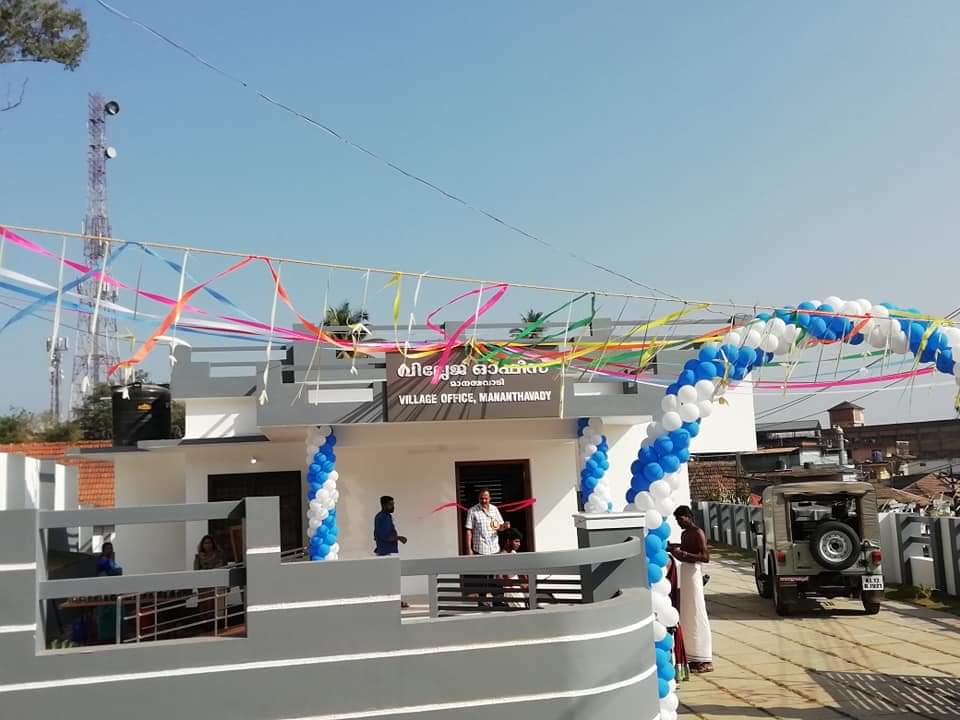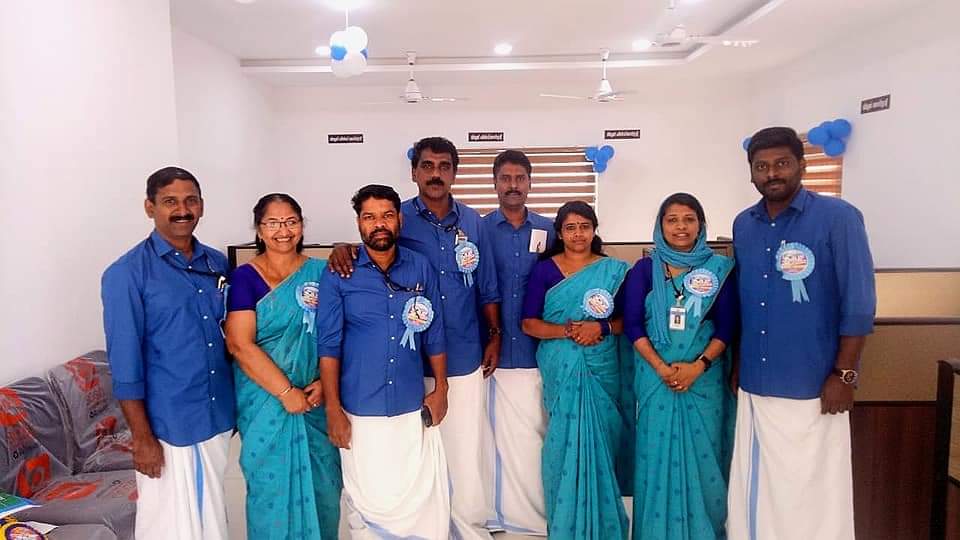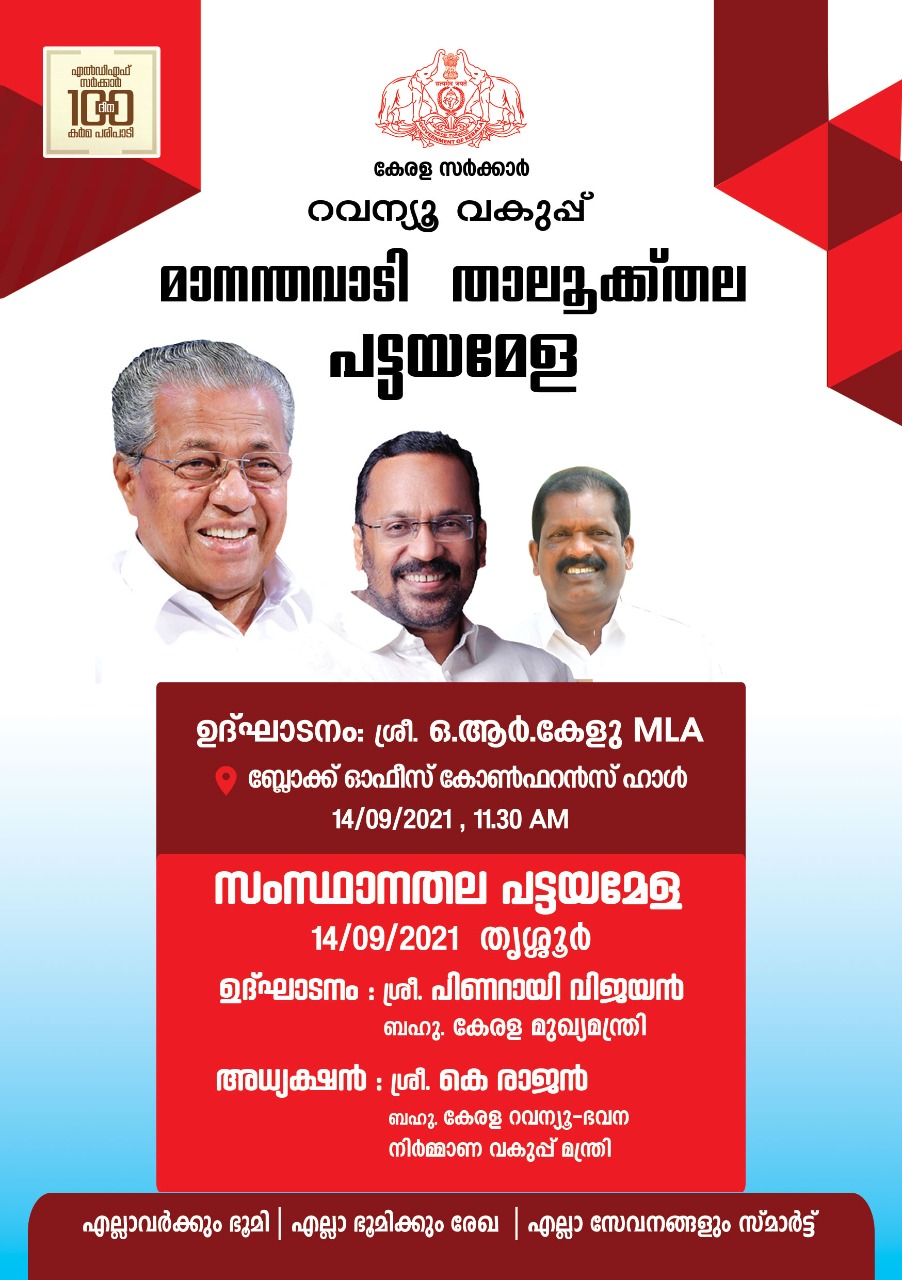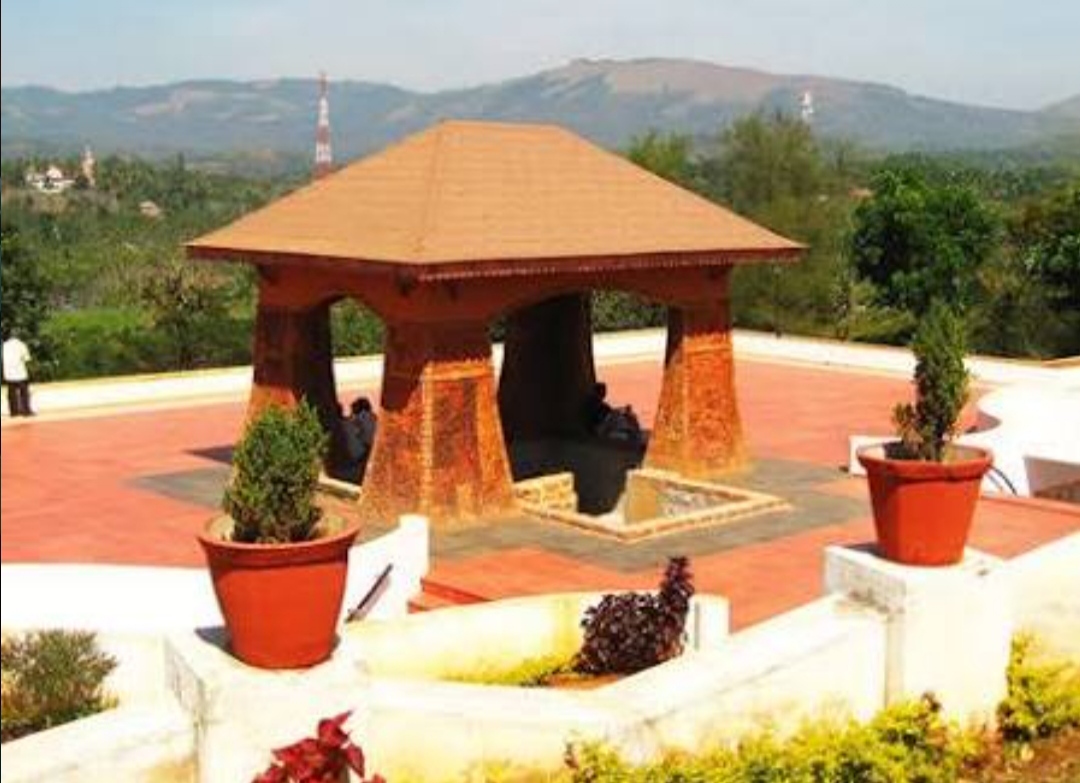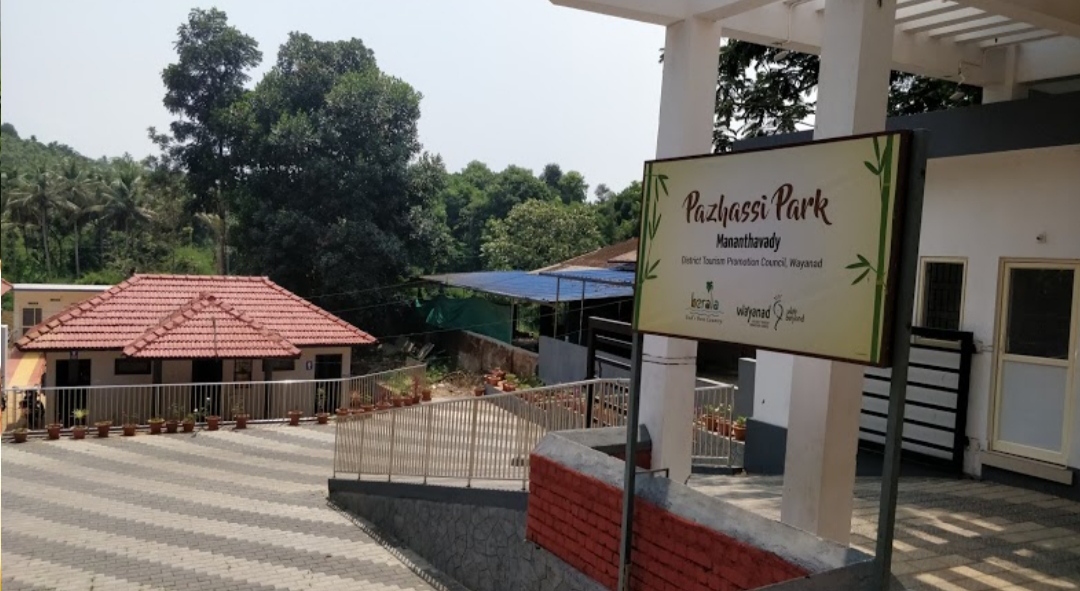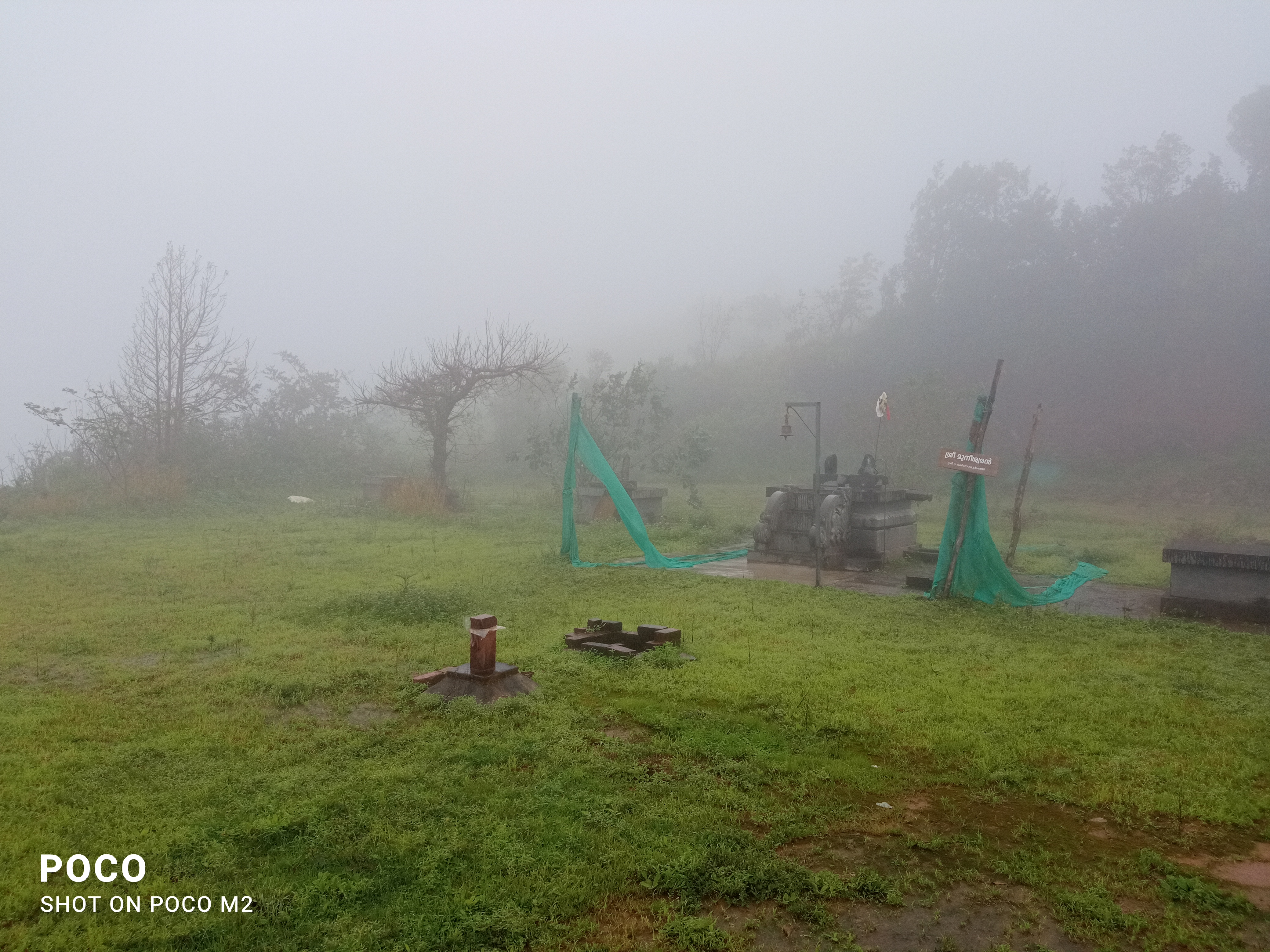About Village
Once ruled by the great King Kerala Varma Pazhassi Raja, the town of Mananthavady has played an integral role in the history of Kerala. It is located on the banks of Mananthavady River, a tributary of the Kabini. Mananthavady has been referred to as Hosenkadi in a dictum scribbled under a copper artefact found at the Ananthanathaswamy Temple at Varadoor. The dominant view on the etymology is that the word is derived from "Mane Eytha Vady" (English: "The place where an arrow was shot at the deer"). This view is strengthened by the existence of a place called Ambukuthy, literally "the location where the arrow pierced", on the outskirts of the town. The Pazhassi tomb and museum, an important memorial built in honour of one of Kerala’s valiant heroes, is located here. Kerala Varma Pazhassi Raja, known as the Lion of Kerala, was renowned for staying loyal to his subjects to the very end. The tomb was constructed where the King was cremated and is situated on the banks of the River Kabani. It was converted to a museum in 1996, and now houses a collection of memorabilia belonging to Pazhassi. There is also a Latin church built in Victorian architectural model, situated in the heart of the town, as a reminder of the colonial past of Wayanad.
Demography
Mananthavady is a large village located in Mananthavady Taluka of Wayanad district, Kerala with total 8183 families residing. The Mananthavady village has population of 34663 of which 16899 are males while 17764 are females as per Population Census 2011.
Geography
The total geographical area of village is 5434 hectares.
Socio-Economic
Agriculture is the backbone of the economy of the Village. Most of the lands in the area are used for agriculture purpose. More than half of its population are encaged in agriculture in order to earn their livelihood. Another source of economy in the Village is the cattle Farming.
Ecology
Wayanad district in Kerala is part of the Western Ghats which is one the biodiversity hot spots of the world. The western slopes of the Ghats have a natural cover of evergreen forest, which changes to moist and then dry deciduous types as one comes to the eastern slopes. The vegetation reaches its highest diversity towards the southern tip in Kerala with its high statured, rich tropical rain forests.
Tourism
1.The Pazhassi tomb and museum 2.Pazhassi Park 3.Muneeswaran Kovil

